The NASA astronaut who refused to shave his beard is searching for Atlantis
Fri 07 Dec 2018, 05:17:18
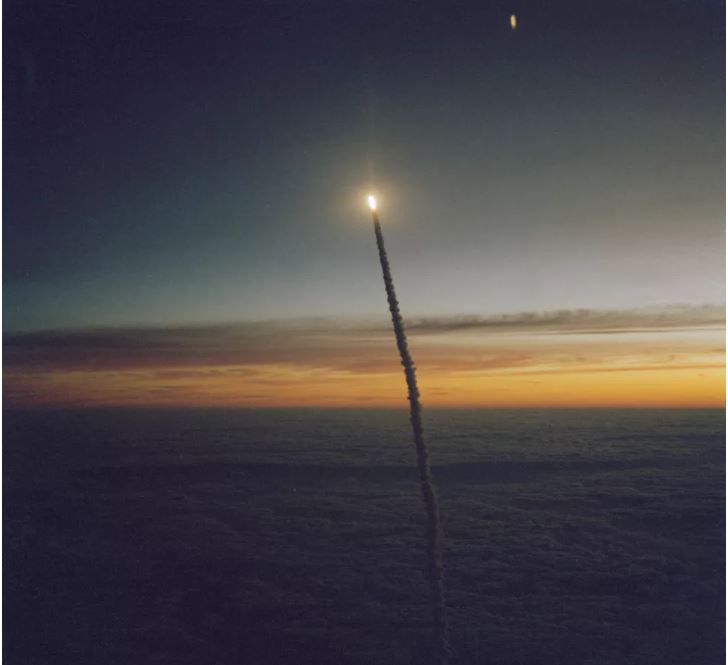
Growing up, Paul Scully-Power didn't want to be an astronaut. It just sort of happened.
He spent his youth surfing Sydney's immaculate beaches, a passion that would see him become the first head of the Australian Navy's oceanography division. In the 1970s he successfully applied to be an investigator at NASA and then used the space agency's infrared satellite data to survey the ocean.
Recognizing his unique expertise, NASA tapped him to join the 13th flight of the space shuttle program, mission STS-41G.
After months of flight training, Scully-Power was strapped into a seat in the crew module of the Challenger space shuttle at Kennedy Space Center, Florida, as a payload specialist. It was Oct. 5, 1984.
Wires and tubes connected the seven-person crew to communications and vital oxygen. Extensive checks were completed with mission control.
Upon launch, Scully-Power, then 41 years old, would set numerous records. He would become the first Australian-born person to leave Earth. He would become the first oceanographer in space. And with a face full of brown-white hair, he'd be the first person in space with a beard.
He'd also go on to help Australia build its own space agency, develop life-saving drone technology for Australian beaches and set out a plan to find the lost city of Atlantis.
But 34 years ago, as he lay horizontal to the ground in the middeck of the Challenger, waiting for launch, Scully-Power wasn't thinking about any of that.
He was asleep.
Journey to space
At 74, Scully-Power, in a simple button-up shirt and navy blue blazer, looks more grizzled than the 41-year-old who flew on the Challenger, but he shows no signs of slowing down.
He's sitting across from me in a small recording studio in Sydney still sporting the same record-setting beard, now silvery and thin, and cupping a hot coffee. He speaks buoyantly, but matter of factly, about his time in space, with only the subtlest hint of nostalgia. When he tells me he was asleep before the Challenger's launch, I guffaw in astonishment.
At possibly the most important point in his life, Scully-Power was snoozing.
"You've got to be relaxed," he smiles.
But ahead of the launch, there was a big hurdle: Scully-Power's beard.
"NASA said to shave it off," he remembers. The beard was a safety issue, NASA argued, making it difficult to achieve an airtight seal with the helmet. The agency threw a battery of "impossible tests" at him, but Scully-Power, the payload specialist and professional diver, showed NASA he could create the seal, no problem. The agency relented and he was cleared to fly, beard intact.
The superstitious were rattled by STS-41G. It was the 13th flight of the space shuttle program, and the crew photo was taken on Friday the 13th. But despite the portentous omens looming over the mission, Scully-Power had great faith that things "would be fine."
Astronaut Paul Scully-Power
Paul Scully-Power dons his helmet, beard and all.
NASA
His lack of fear was born partly from NASA's rigorous flight training, which saw him embedded with the crew, up at 3 a.m. and engaging in flight simulations over a matter of months. By the time he got to the real thing, he describes it as a sense of "Gosh, I've got to do this one more time?"
For eight days and across 132 orbits of the Earth, it was Scully-Power's job to inspect the oceans. During the mission he discovered that eddies, swirling masses of ocean water, were fairly ubiquitous across the globe.
On the last day of the Challenger's mission, Oct. 13, he woke up to the sound of Elton John's Rocket Man and readied for atmospheric re-entry. Coming back to Earth was "fairly benign," he says, though the craft was traveling at 25 times the speed of sound and the cockpit glowed orange. It landed at Kennedy Space Center not long after midday.
Paul Scully-Power never wanted to be an astronaut, but he'd just become one.
Earthbound
"The NASA training, as good as it is, the one thing they cannot train you for is the view."
For those of us bound to Earth, space is a flat, black canvas dotted with pinpricks of white light we can only glimpse when the sun sets. Our understanding of the cosmos has improved exponentially in the last century, but there's much we can't see -- or grasp.
For the brave ones who venture beyond the planet's gravitational pull, space becomes all-consuming. An obsidian tide that washes over everything. Bodies, spacecraft, satellites, moons, planets, stars. A cognitive realignment takes place. I can hear it in Scully-Power's voice when he talks about seeing the planet from low Earth orbit.
"Anything anyone down here on Earth has seen of space is two-dimensional film photos," he tells me. "The view with the human brain and two eyes is absolutely three-dimensional and that changes totally everything."
This idea that seeing Earth from space can alter your psyche is known as the "overview effect." Astronauts who look back upon the planet have reported being overwhelmed with "bliss, timelessness" and a "profound sense of connectedness." When Scully-Power looked out of the Challenger's window and saw the curvature of Earth floating against the nothingness of space, that connectedness -- the connectedness of humanity -- became apparent. The borders used to delineate countries on an atlas or on a classroom wall ceased to exist.
"You look at [the Earth] and you say: My God, the whole of human endeavor, I'm looking at it and most of the wars have been about boundaries and I can't even see them."
It's a perspective that only a lucky few will ever share. That collection of cosmic travelers to date numbers less than 600.
I've often wondered what it might be like to feel weightless, floating through space, looking back at the planet hanging against the infinite dark like a blue-green bauble. I've gazed up at the stars at night and tried to imagine what it must feel like to float through the silent vacuum of space.
But perhaps I'm looking in the wrong direction.
"For years we've been
talking about space up there," offers Scully-Power sagely, glancing upward.
talking about space up there," offers Scully-Power sagely, glancing upward.
"I'm now talking about space down here."
Space 2.0
The space sector has dramatically changed since the manned shuttle missions Scully-Power flew on 30 years ago. Existing space technologies and infrastructure have allowed enterprising types -- billionaires named Musk and Bezos and entrepreneurial startups -- to begin the commercialization of space.
"Space today is Space 2.0," says Scully-Power.
The concept has seen Scully-Power's home nation, Australia, create its own space agency after a government-led review revealed a growing need to support the country's space capabilities. The agency officially opened its doors on July 1, 2018, and will spend AU$41 million (US$30 million) on space activities over the next four years. That may sound like a lot, but it pales in comparison to NASA's 2018 budget of nearly $21 billion.
We're not talking about putting humans in space anymore. We're talking about using space as an enabler in many, many industries.
That kind of investment means Australia's agency is focused on building strong industry ties, using Australian-developed technology for shared missions to space with countries such as the UK, Canada and France and continuing research into the sector. Scully-Power, as one of only two Australians to head to space, was excited by the news and took on a role as a state ambassador for the agency. He plays a critical role in informing Australia's federal government on how the country can take full advantage of Space 2.0.
"We're not talking about putting humans in space anymore," says Scully-Power. "We're talking about using space as an enabler in many, many industries."
The key is data.
"Within five years, we're going to have tens of thousands of nanosatellites -- very small satellites -- in orbit … and they're going to revolutionize the world."
Nanosatellites, weighing roughly 10 kilograms and measuring less than 12 inches, will "envelop the Earth," giving industries access to mountains of data. Scully-Power describes them as "smartphones in space". His example: In the near future farmers will be able to use nanosatellites to analyze their farms, maximizing crop yields and streamlining routine activities such as herding animals or planting seeds.
He hopes the new agency will also inspire the next generation of spacefarers, create jobs and improve industries on the ground. Australia houses one of the world's most advanced radio astronomy facilities, has seen startups launch their own satellites and attracted the eyes of space industry partners such as Boeing, which tapped a Melbourne-based video games studio to help train astronauts in virtual reality.
Thus, Scully-Power believes, the country is in a unique position to export its space-based services and products worldwide through strong industry ties and world-class expertise.
To Atlantis and beyond
In an interview with the Weekend Australian in 2016, Scully-Power noted one of his more unusual ambitions: trying to find the lost city of Atlantis.
The existence of Atlantis, the Platonic ancient island nation supposedly swallowed up by the ocean, is considered by most scholars and historians to be unlikely. The underwater utopia is usually surmised to be a nation of grand wealth and excess, and its sudden disappearance has captivated inquisitive minds for hundreds of years.
All manner of hypotheses have been suggested as to its location -- submerged islands in the Strait of Gibraltar, off the Irish coast and even somewhere underneath Antarctica. But no solid evidence has been discovered of Atlantis ever having existed, which only serves to make the mystery all the more alluring.
For Scully-Power, there's a certain romance to finding the lost city.
"Don't you think the world's first oceanographer in space should go and find the lost city of Atlantis?" he offers.
If it is real, Scully-Power believes we now have the capability to find it. He suggests that advances in nanosatellite tracking, underwater drones and "a bit of smart academic work" is what's required to finally solve the mystery.
Beyond his search for mythical cities, Scully-Power's current activities involve his ambassadorship and further development of the Little Ripper, a lifesaving drone that can deploy a flotation device. It's intended for search and rescue missions across Australia's 37,000 miles of coastline. Earlier this year, the drone saved two men from powerful surf conditions at Lennox Head in eastern Australia.
The drone developers are looking to make improvements that allow the Little Ripper to work longer and more efficiently -- but they also want to make it smarter.
"We have developed artificial intelligence to find sharks, and we are developing AI to actually tell us when people are in trouble, automatically," Scully-Power says.
The shark-finding technology, developed in conjunction with the University of Sydney, recently took a national award for artificial intelligence innovation of the year. And the drone's applications are likely to extend further inland, too, with the team partnering with a development company in Sydney's northwest to enable it to deliver medical supplies and first aid.
Juggling all of his responsibilities could be an unenviable task, but Scully-Power seems used to it.
He has won the world's most prestigious awards in oceanography, underwater acoustics and aviation, uncovered important ocean phenomena and helped develop life-saving drone tech in a career spanning five decades. To this day, he has no idea where he will end up tomorrow. He wouldn't have it any other way. He has a fearlessness. The same fearlessness that allowed him to fall asleep on the launch pad at Kennedy Space Center more than three decades ago.
But wherever he is tomorrow -- developing drones, helping build a space agency, searching for Atlantis -- Scully-Power's eyes will be wide open.
Want to know more? Oceans to Orbit: The Story of Australia's First Man in Space, by Colin Burgess, is an excellent look at Scully-Power's life and the STS-41G mission.
No Comments For This Post, Be first to write a Comment.
Most viewed from Specials
Most viewed from World
AIMIM News
Latest Urdu News
Most Viewed
May 26, 2020
Can Lionel Messi's visit boost Indian football?
Latest Videos View All
Like Us
Home
About Us
Advertise With Us
All Polls
Epaper Archives
Privacy Policy
Contact Us
Download Etemaad App
© 2026 Etemaad Daily News, All Rights Reserved.

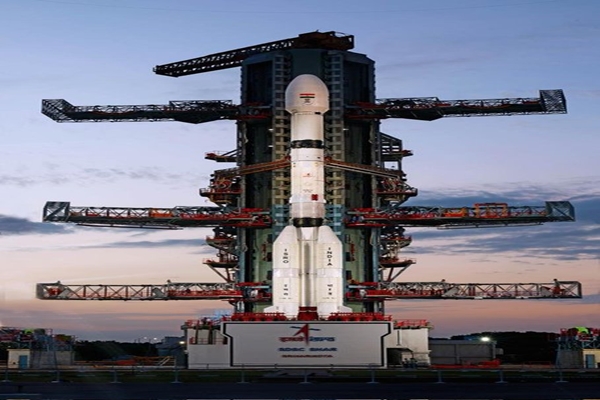
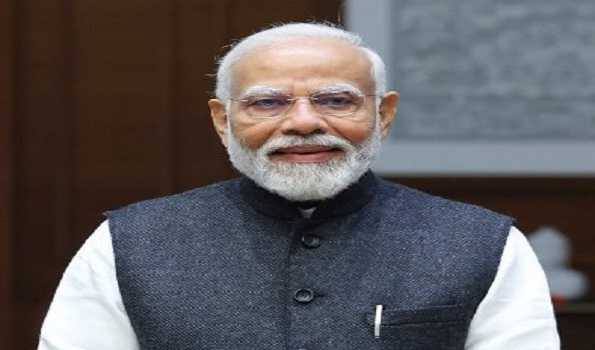
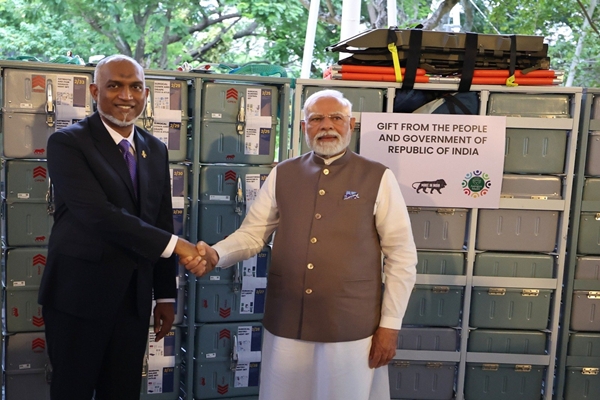
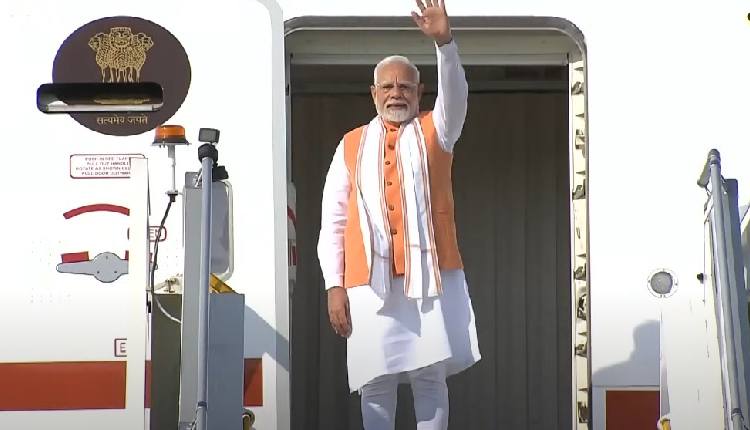
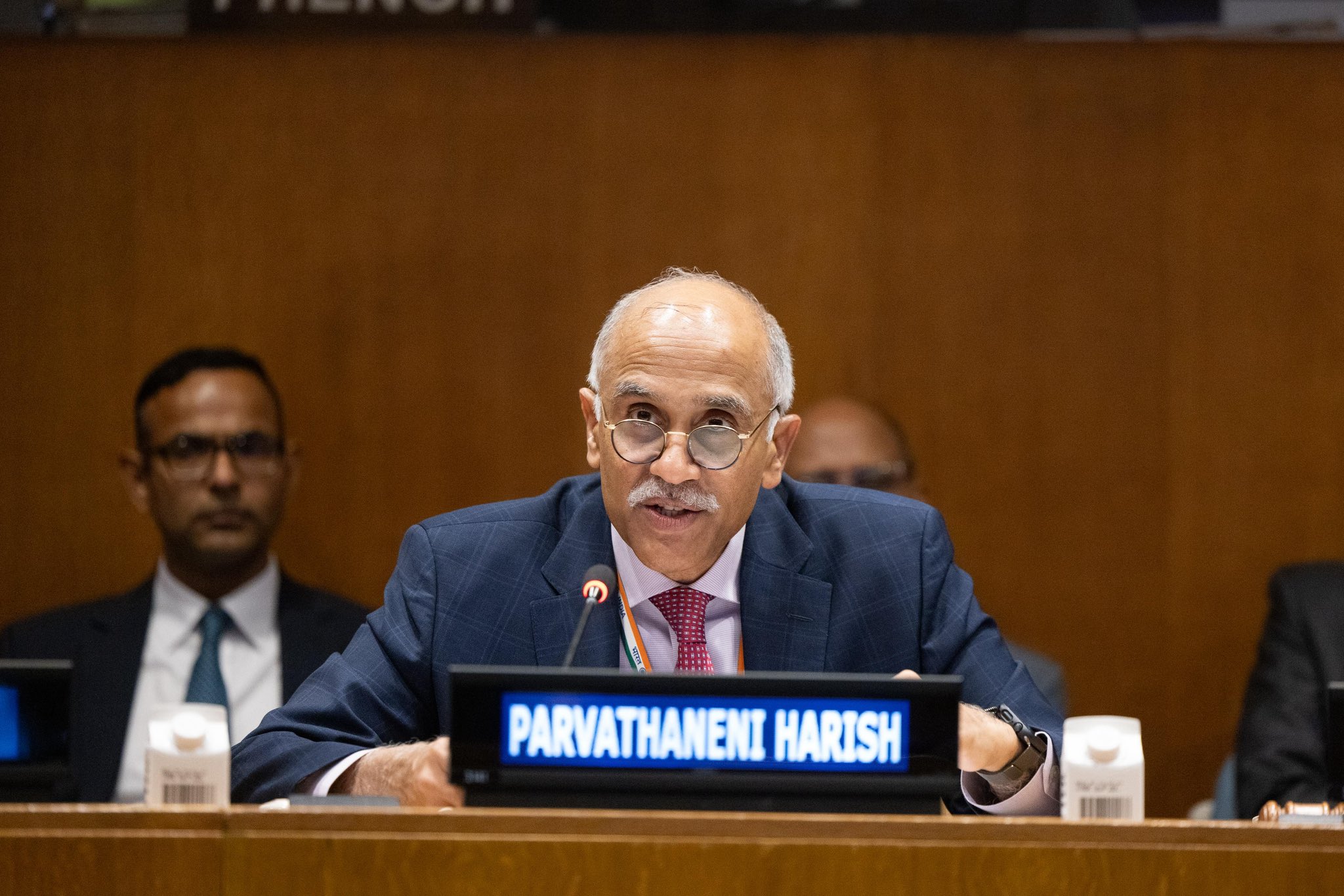
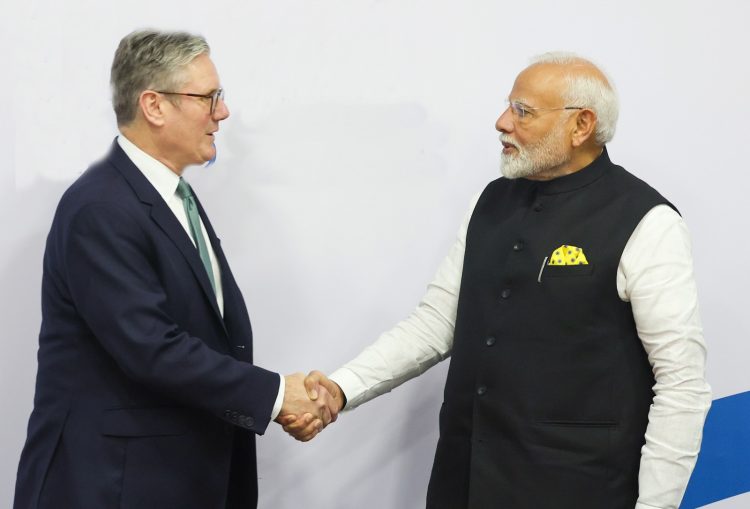
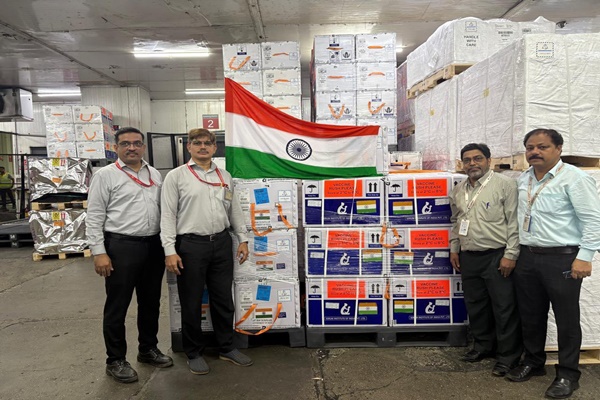
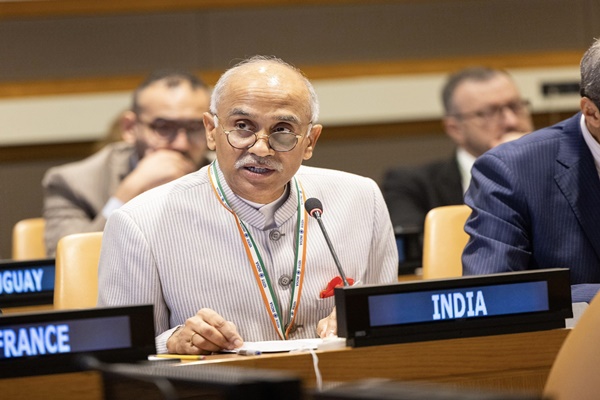
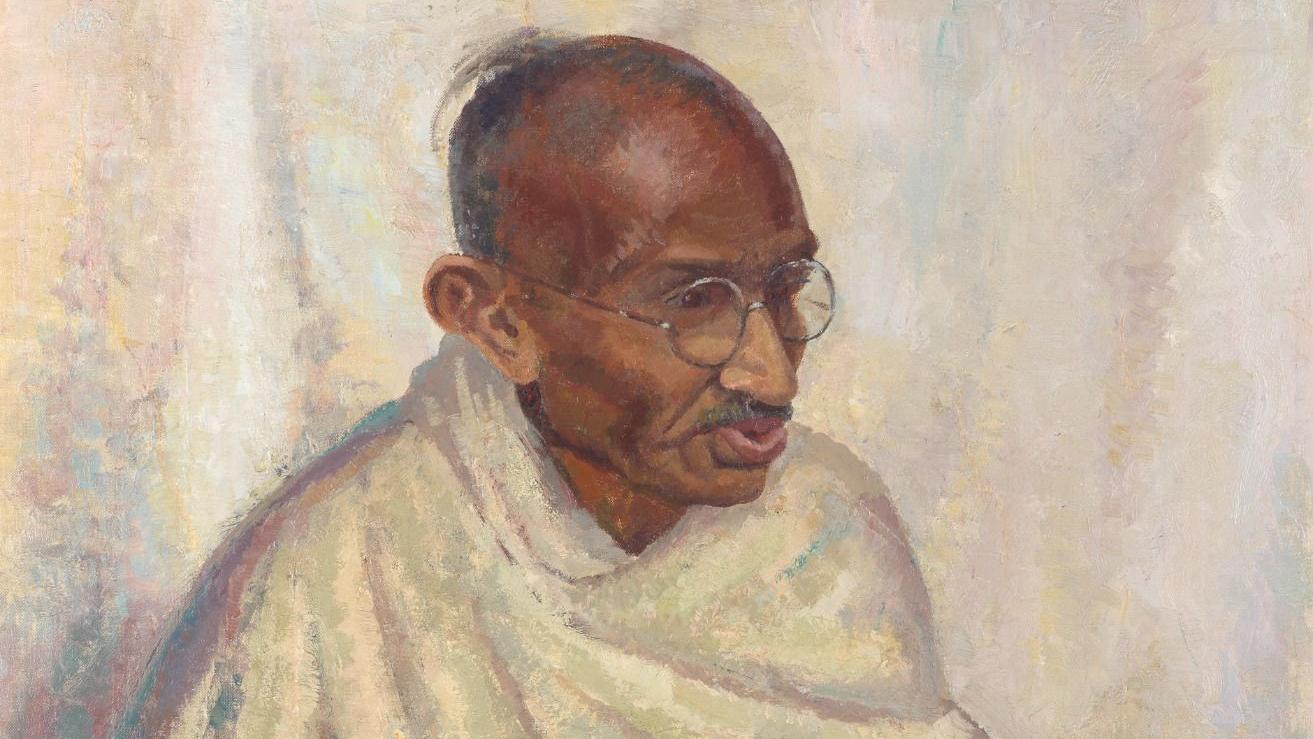
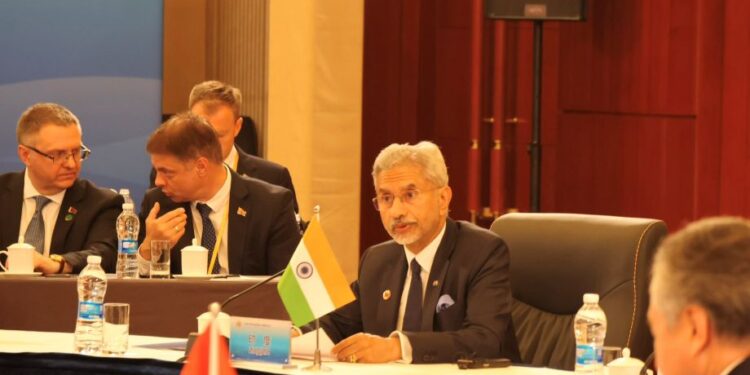
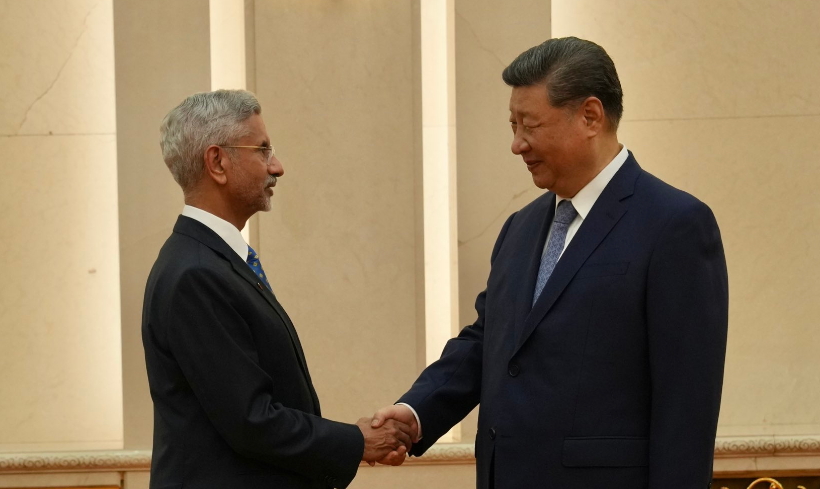


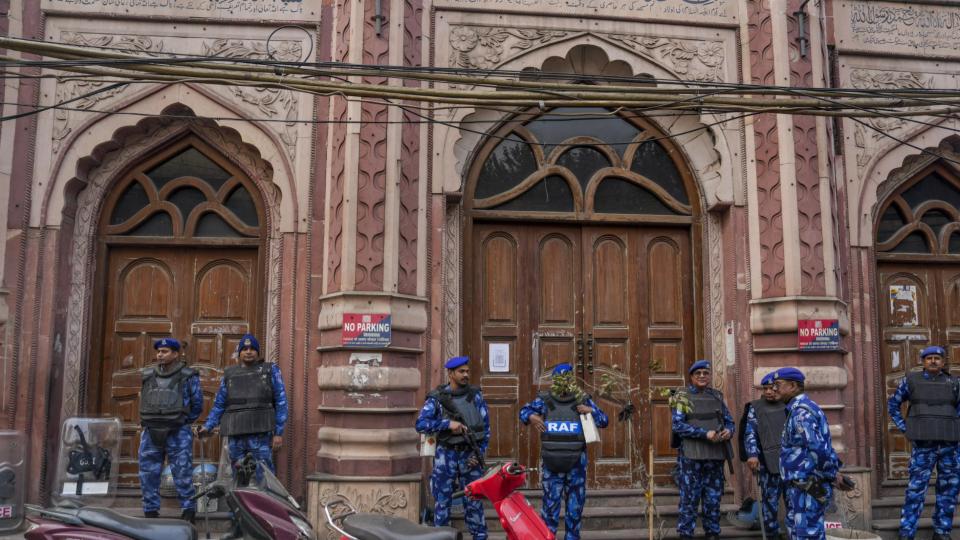
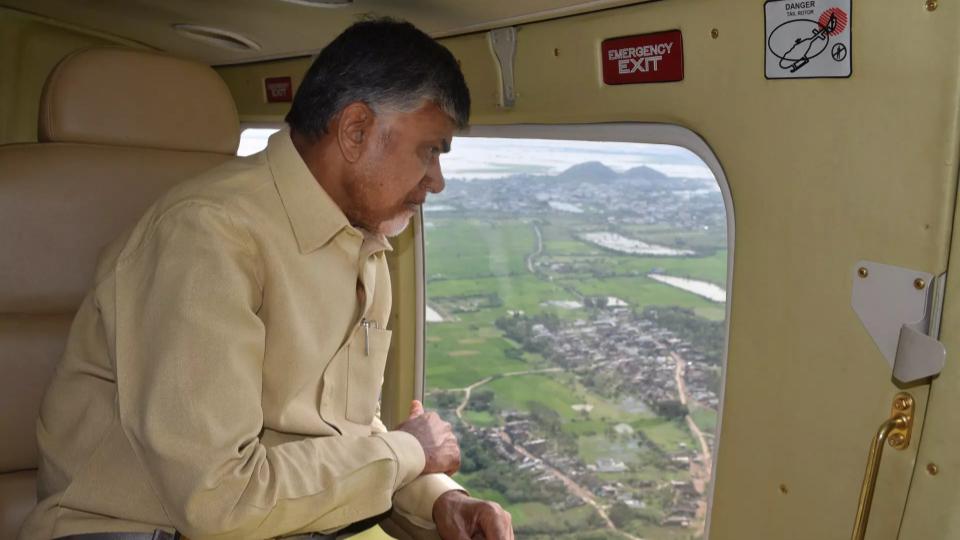
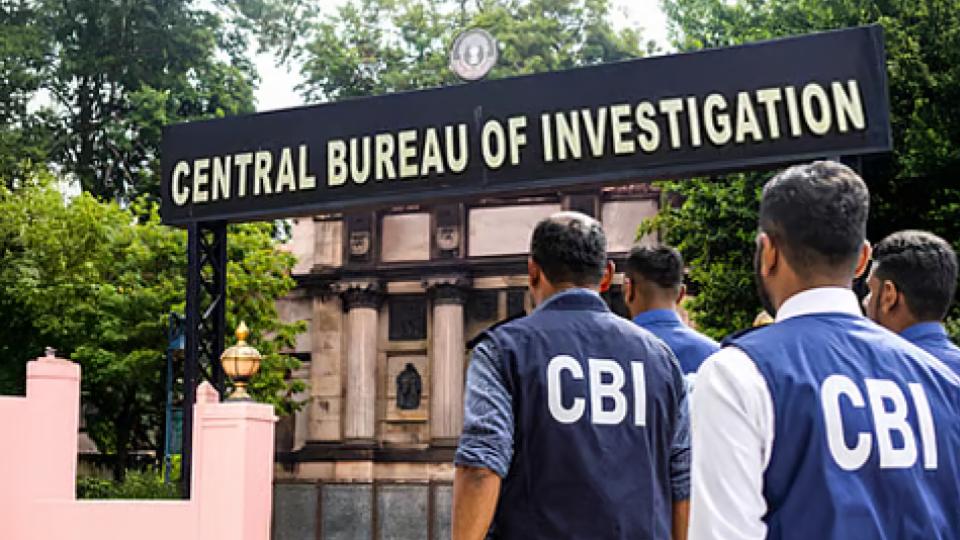
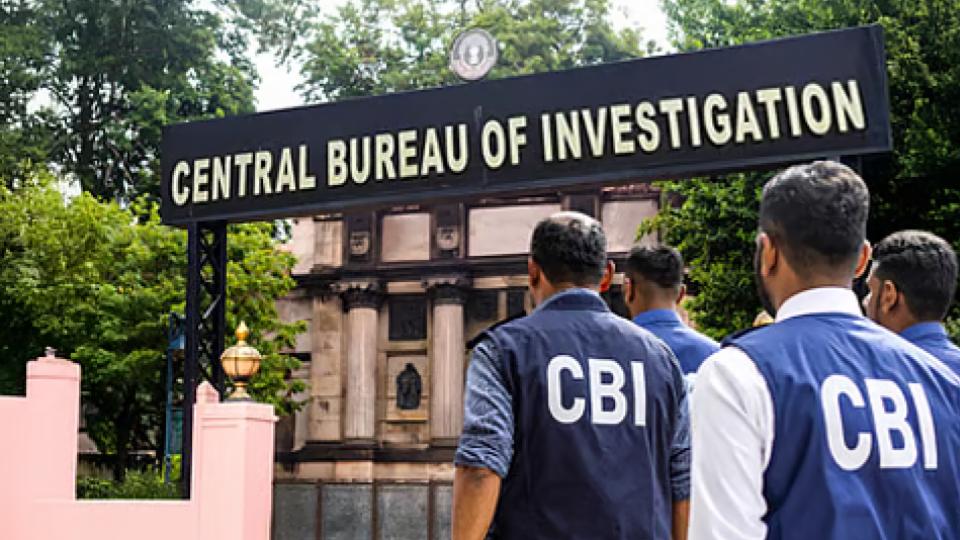
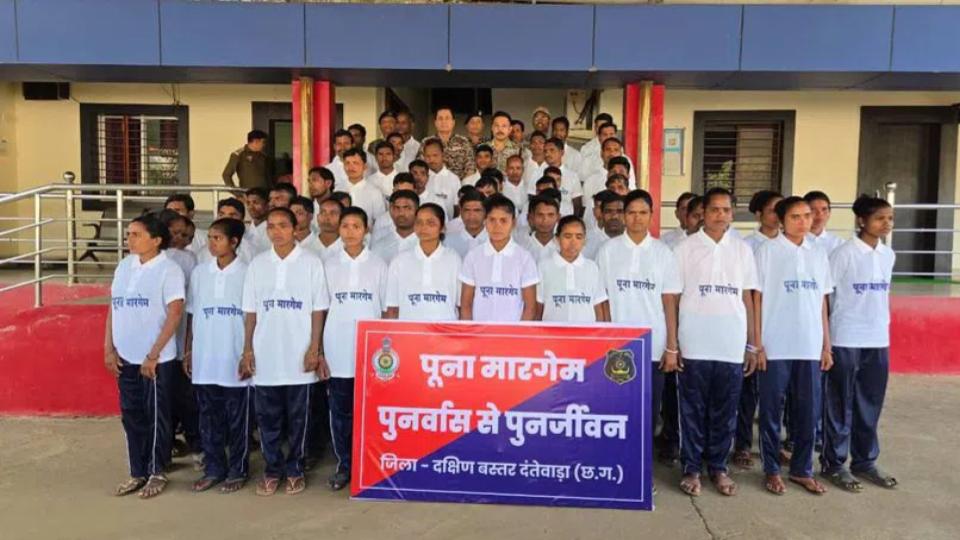

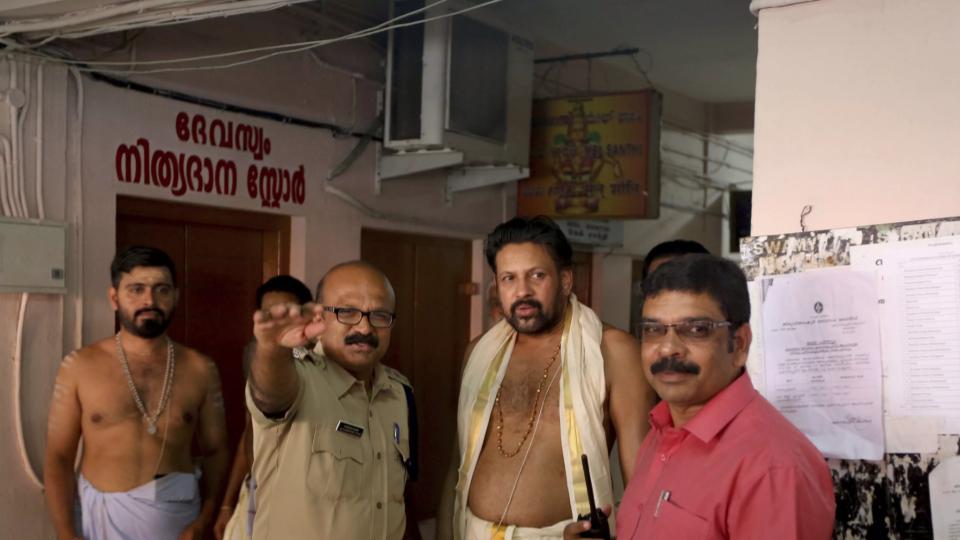

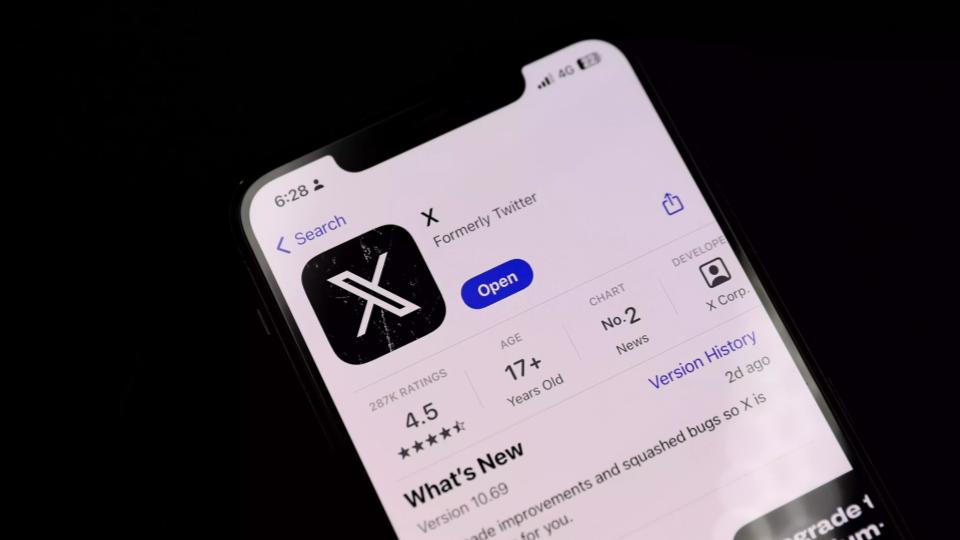

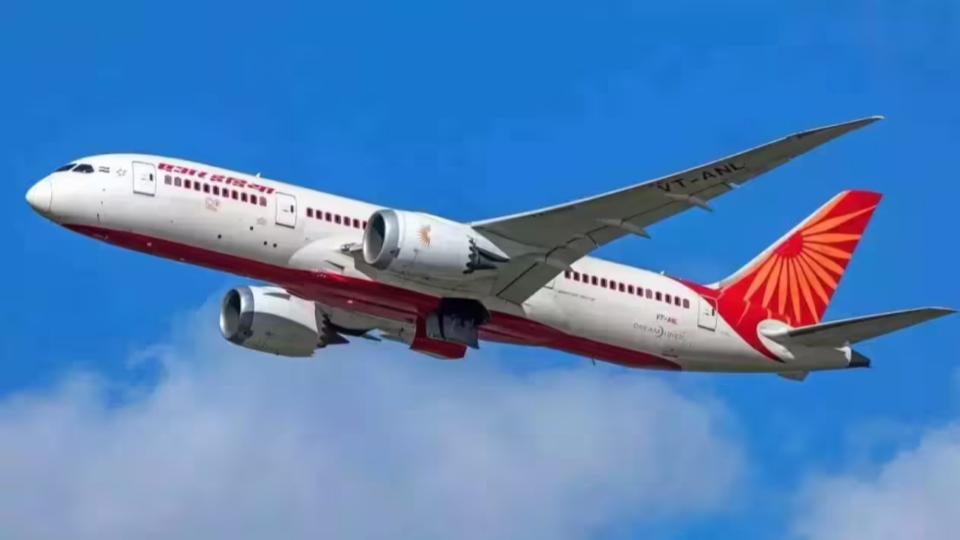












.jpg)
.jpg)
.jpg)


